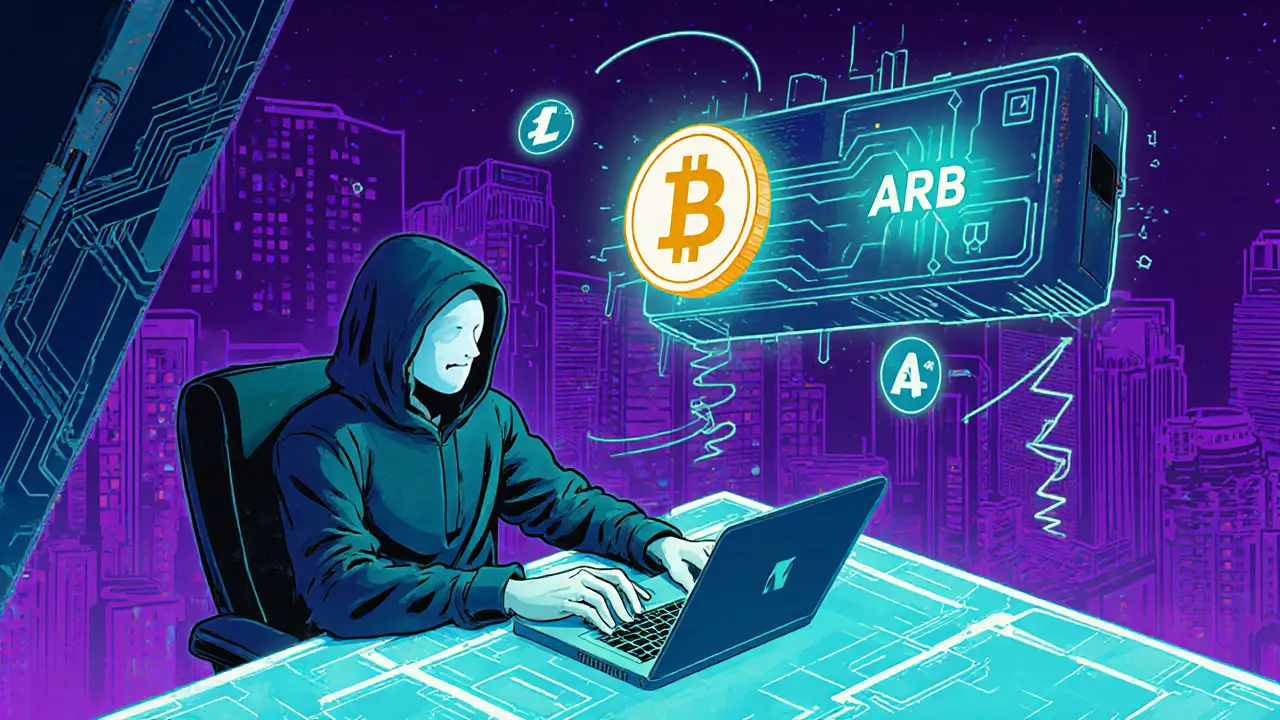Decentralized Exchange: What It Is and Why It Matters
When working with Decentralized Exchange, a platform that lets users trade crypto assets directly from their wallets without a central intermediary. Also known as DEX, it empowers peer‑to‑peer swaps, reduces custody risk, and often runs on smart contracts. This core idea decentralized exchange encompasses token swaps, liquidity pools, and on‑chain order books, making it a cornerstone of modern crypto finance.
One major sub‑topic that frequently shows up alongside DEXs is crypto airdrop, a distribution of free tokens to eligible wallet holders. Airdrops often use DEXs as the distribution channel because users can claim directly from their non‑custodial wallets. Another related entity is DeFi, the broader ecosystem of decentralized finance services built on blockchain. DeFi fuels DEX growth by providing liquidity mining, automated market makers, and yield farming opportunities, and it requires the same smart‑contract infrastructure that DEXs rely on. Meanwhile, crypto regulation, the set of legal rules governing digital asset activities increasingly shapes how DEXs operate, influencing KYC expectations, AML compliance, and cross‑border transaction monitoring. Together, these entities form a network: DeFi influences DEX design, DEXs enable airdrops, and regulation determines the safety net for all three.
How DEXs Fit Into the Bigger Crypto Landscape
Understanding a DEX means recognizing three core attributes: it is permission‑less, it runs on smart contracts, and it offers on‑chain transparency. Permission‑less means anyone with a compatible wallet can trade—no account sign‑up is required. Smart contracts act as the trade engine, automatically matching orders and handling settlements. On‑chain transparency lets users verify every swap on public ledgers, which builds trust without a central custodian. Because of these attributes, DEXs are ideal for launching new tokens, running airdrop campaigns, or testing DeFi product ideas without waiting for exchange listings.
Practically, a DEX user should know how to connect a wallet, evaluate gas fees, and assess pool depth. Most platforms support popular wallets like MetaMask or Trust Wallet, and they display real‑time slippage and fee estimates before confirming a trade. Checking pool depth helps avoid price impact: shallow pools can cause a trade to move the market against you. Also, keep an eye on token contracts for audit reports—unverified contracts are a common source of scams, especially in fast‑moving airdrop scenarios.
From a strategic viewpoint, DEXs also enable yield optimization. By providing liquidity to a pool, users earn a share of the transaction fees and may receive additional reward tokens, a practice known as liquidity mining. This ties back to DeFi’s yield farming mechanisms, where the same assets can be moved across multiple protocols to capture the highest APY. However, each layer adds risk: impermanent loss, smart‑contract bugs, and shifting regulatory climates can all erode returns. Staying current on crypto regulation news helps you anticipate changes that could affect liquidity incentives or even force a DEX to modify its compliance posture.
Overall, the collection of articles below walks you through real‑world DEX examples, from a detailed review of CreamPie Swap on Polygon to a step‑by‑step guide for claiming the latest airdrops on platforms like AntEx and RUNE.GAME. You’ll also find analysis of exchange shutdowns, regulatory updates, and practical tips for maximizing yields while protecting your assets. Dive in to see how decentralized exchanges shape the crypto market today and what you can do to make the most of them.






